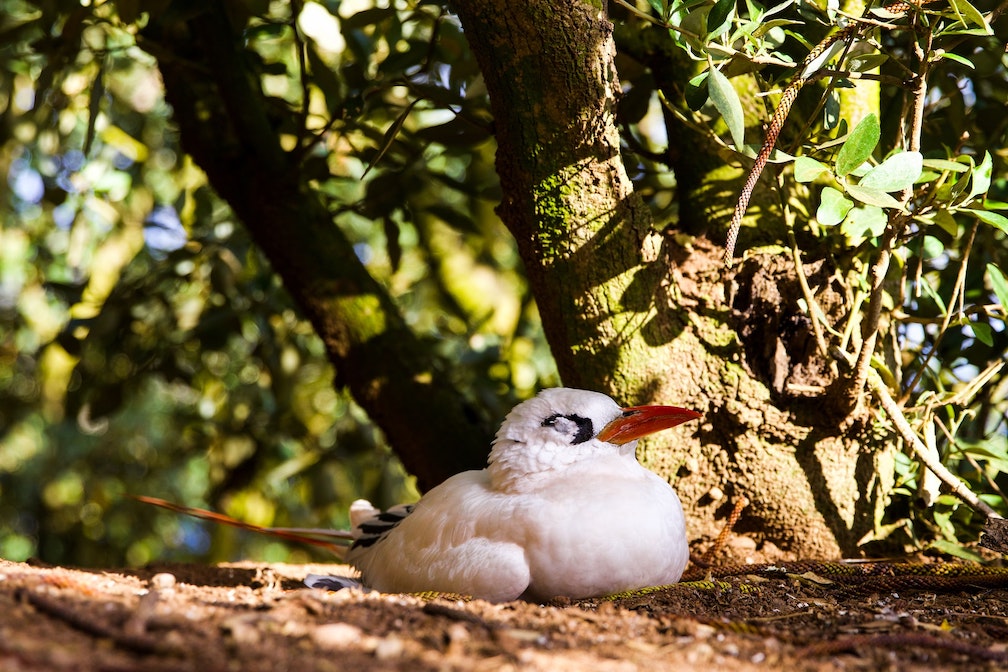Norfolk Island's unique flora and fauna to be documented

The Australian Museum is to conduct a comprehensive environmental survey of Norfolk Island, which boasts a diverse and abundant array of birds, insects, reptiles and marine life, with many unique to the island.
The goal of the survey is to develop a more accurate picture of the state of the endemic flora and fauna, as well as increase understanding of pre-European habitation of Norfolk Island through an archaeological dig.
Director and CEO, Australian Museum, Kim McKay, said Norfolk Island had a diverse environment and notable historic sites offering a unique heritage seldom found elsewhere within Australia and around the world.
“For nearly two centuries, the Australian Museum has conducted expeditions to document, collect and examine our land and fauna which has led to great advances in our geographic knowledge,” Ms McKay said.
“With the depth and breadth of our scientific knowledge, backed by our valuable collections, we are uniquely placed to help inform future management of these areas and contribute to our understanding of the origins of Norfolk Island and how its ecosystems function within the greater global environmental picture."
The first phase of the expedition begins today (October 24), with a combined team of more than 20 experts who will be seeking to answer a number of scientific questions including whether there are any un-described species on the island, and if the elusive Gould’s Wattled Bat, endemic to the Island, continues to call Norfolk Island home. Archaeologists will research the pre-European history of the island, particularly the occupation of the island by Polynesians some 150 years before European settlement.
According to the Museum's Chief Scientist and Director of the Australian Museum Research Institute, Professor Kris Helgen, the Norfolk Island community will be essential to helping the scientists in their expeditions.
“Our scientists are recognised internationally as experts in their fields, but local collaboration and consultation is essential in both the planning and research phases of scientific expeditions. On one previous expedition to the Solomon Islands, our scientists only managed to learn about a rare species of rat because of a tip off by residents. Local voices will be crucial in painting a full picture of Norfolk’s biodiversity,” Professor Helgen said.
"In order to conserve a species, we must know it’s there. Conservation is at the heart of our expeditions and the work we do throughout the Australian Museum Research Institute. The AM’s Lord Howe Island surveys are one such example. The scientists’ findings contributed to improving the breeding program for the phasmid (stick insect) long thought to be extinct and provided important scientific evidence to support the eradication of invasive black rats from the island.”
Chief Scientist at the Australian Institute of Botanical Science (Royal Botanic Gardens and Domain Trust), Professor Brett Summerell, said four scientists based at the Institute’s National Herbarium of New South Wales would conduct botanical surveys to help fill crucial knowledge gaps of Norfolk Island’s unique flora.
“Scientists from the Australian Institute of Botanical Science will be collecting plant material in areas with few collections in herbaria, focussing on weeds and non-threatened flora that has flowers or fruit, to help advance fundamental knowledge of Norfolk Island’s flora and drive effective conservation solutions,” Professor Summerell said.
Photo: Dylan Shaw/Unsplash













